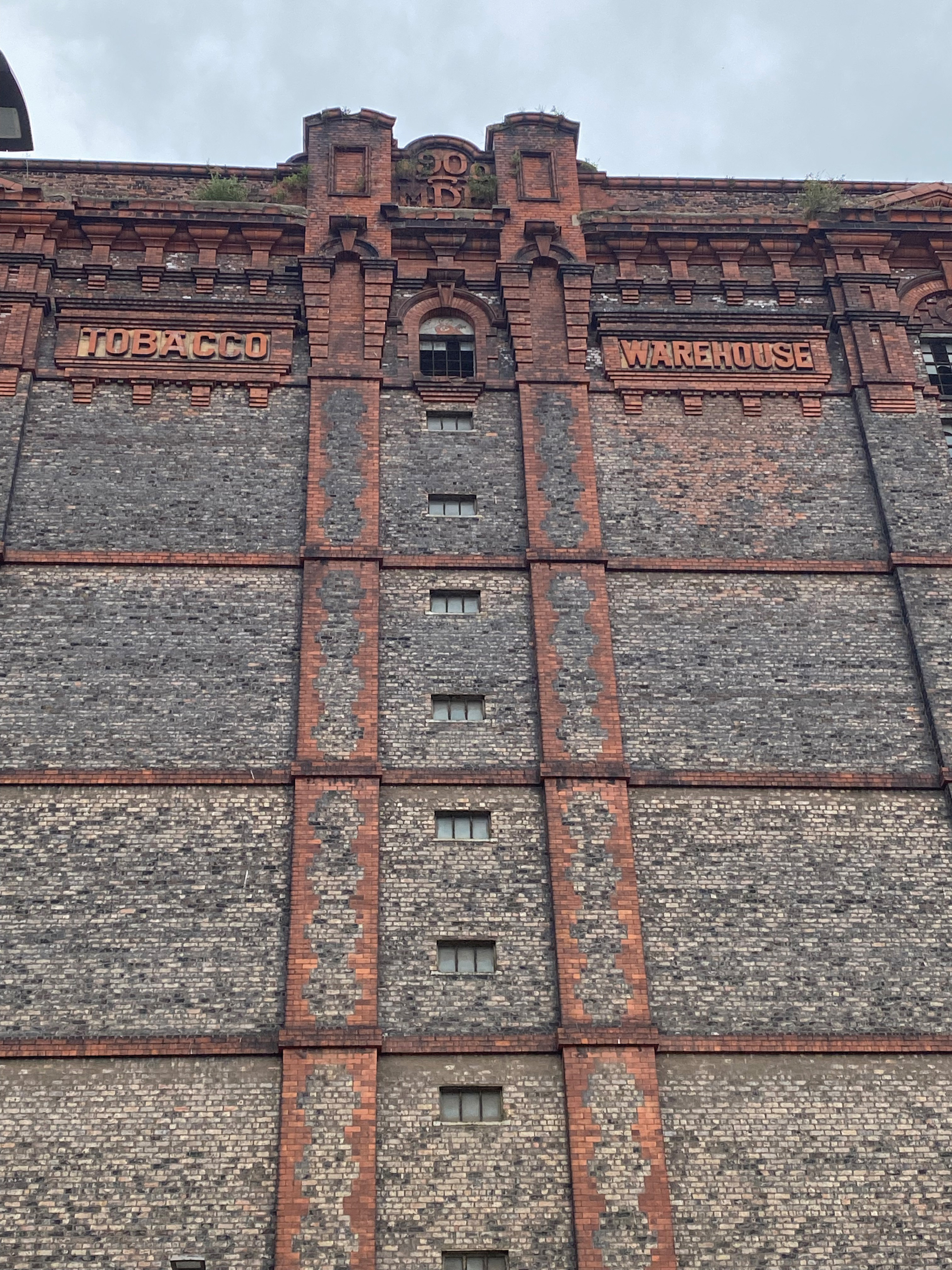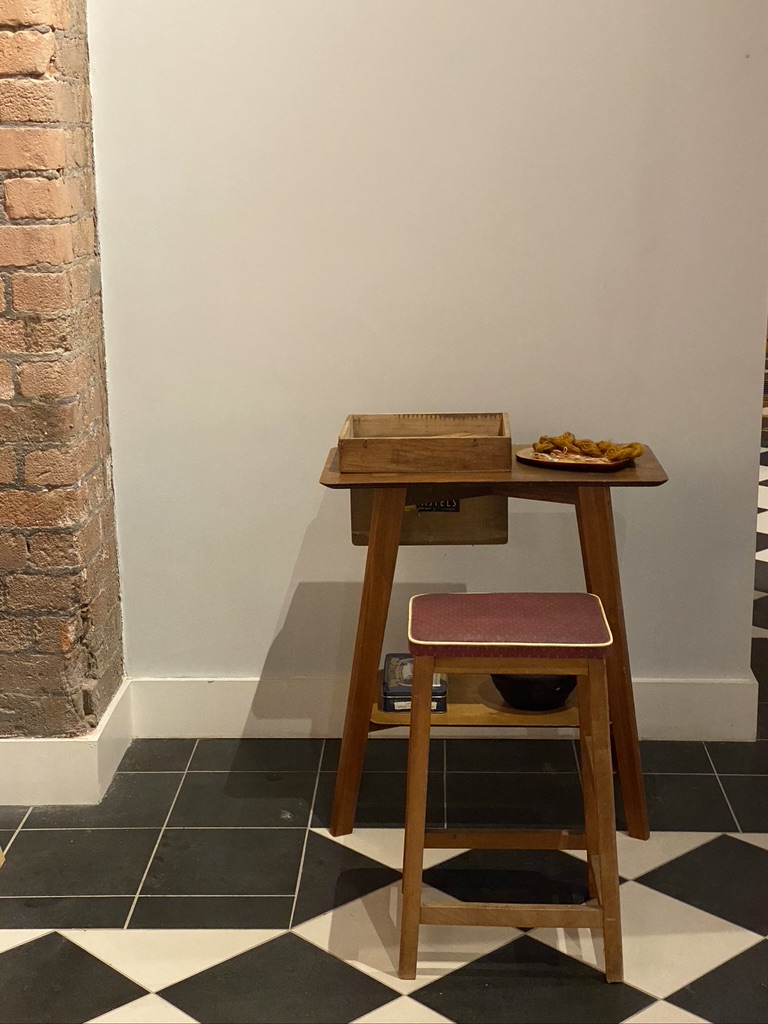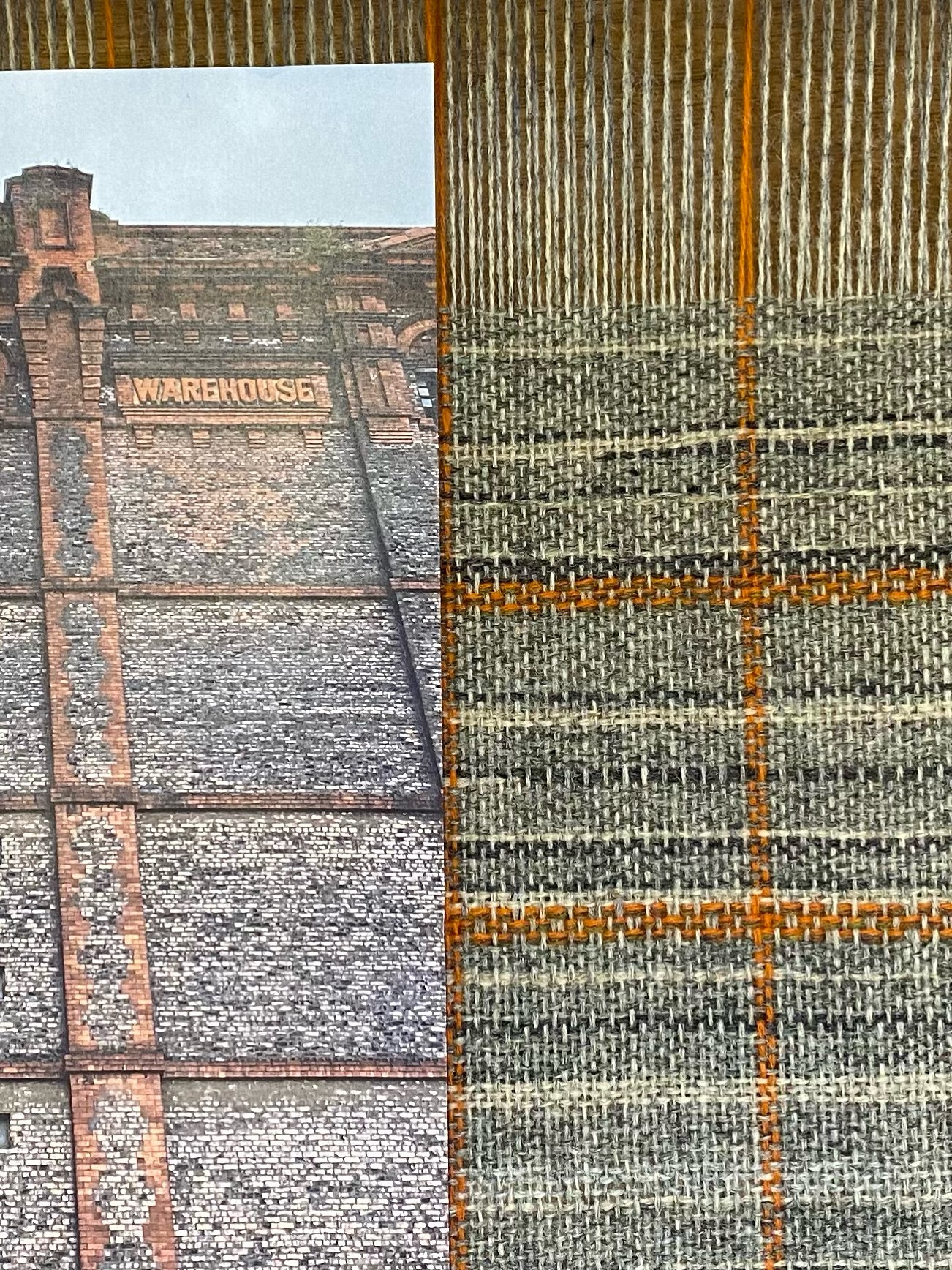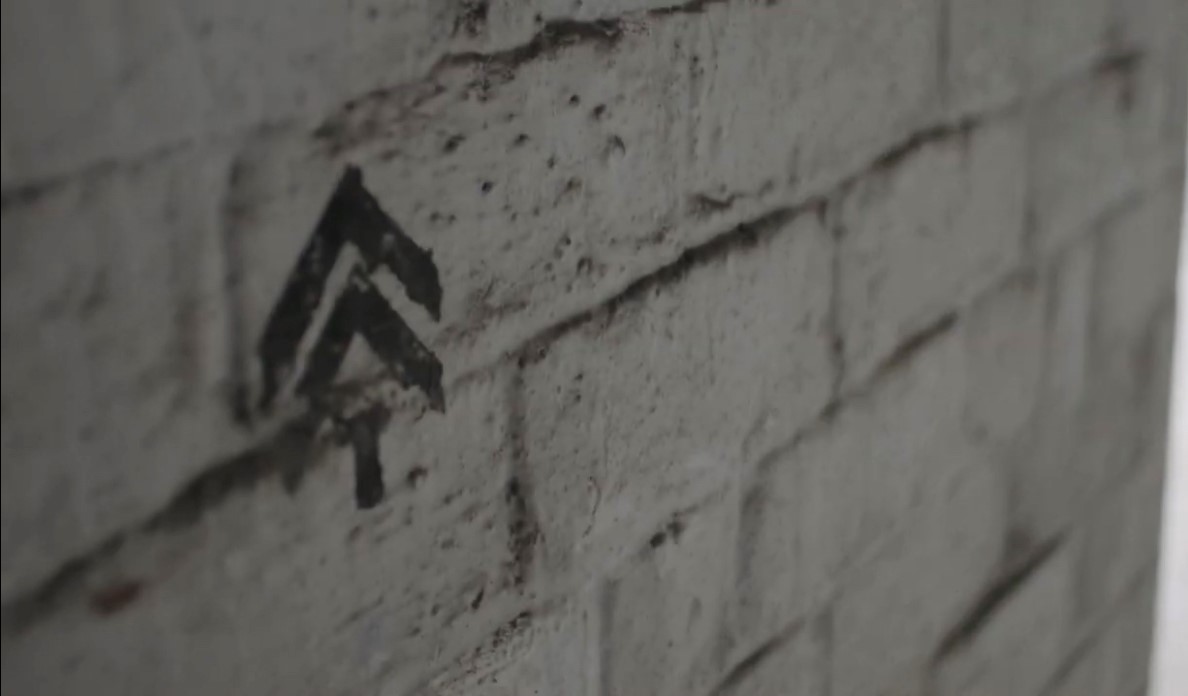TWAREHOUSE EXHIBITION
October, 2021









The exhibition was the culmination of an artists residency project based in the transforming space of the Tobacco Warehouse, currently undergoing redevelopment at Liverpool’s Stanley Dock. Works included a collection in the development, of interchangeable layered garments, which aims to capture the joy of wearing something new with the longevity needed for a sustainable wardrobe. LAYERED is a concept design for a range of pieces, worn in combinations to create multiple looks.
The Tobacco Warehouse was built in 1901, the largest brick warehouse in the world, consisting of 27 million bricks between mighty steel pillars. Over a century of weathering of the brick structure has resulted in a complex mix of colors, shades, and aged textures.
The Japanese technique of Boro, meaning tattered or torn, represented in patching is used to form the sodenashi jacket, the measurements of which are taken from multiples of the brick dimensions, within the overall size of the raw cloth. Fabric is folded to create shape at the shoulder rather than cut away, to avoid waste.
The jacket also utilizes recycled wool from Sheffield, incorporating re-processed wool sweaters. The red cloth is leftover cloth from my recent collections. The waistcoat is hand-stitched, during the exhibition, to demonstrate slowing down of the making process, appreciating the detail of the yarn, and establishing a connection with the garment. The texture was added using Sashiko, meaning little stabs, in tobacco colors, reflecting the layers of history carried by the building and our clothes. In this way, the texture is also built up as stitch and weave join.
End-of-use linen from the Titanic Hotel has been screen printed to replicate markings found on the walls of the 6th floor of the building, believed to have been made by soldiers hospitalized there during WW2. Square shapes resulting from the original fabric source and the underpinning exploration of zero waste, following the shape and traditions of the kimono, are often a feature of my work.
I was struck by the beautiful clarity and logic of the weave pattern. A mathematical diagram representing the lifting and lowering of the loom pegs is required to create the horizontal weft pattern within the vertical warp yarn, set up at the start of the weaving process. Following the design of the tweed, I recorded my design and displayed the written pattern. Houndstooth Kilgour is used for the horizontal tobacco brick courses. I designed a unique pattern, based on plain weave, for the intermediate courses, incorporating deliberate mistakes to reflect the uneven brick-aged texture.
The overall collection is envisaged to reflect the heavy steel construction of the surrounding docks, holding the more fragile elements such as the broken windows, represented by the lighter white cotton fabric. In order to develop a culture of slow fashion, I believe that a greater connection with our clothes can be enjoyed. Tools were also exhibited, inviting the viewer to sit and ponder the making process of craft.
The Tobacco Warehouse was built in 1901, the largest brick warehouse in the world, consisting of 27 million bricks between mighty steel pillars. Over a century of weathering of the brick structure has resulted in a complex mix of colors, shades, and aged textures.
The Japanese technique of Boro, meaning tattered or torn, represented in patching is used to form the sodenashi jacket, the measurements of which are taken from multiples of the brick dimensions, within the overall size of the raw cloth. Fabric is folded to create shape at the shoulder rather than cut away, to avoid waste.
The jacket also utilizes recycled wool from Sheffield, incorporating re-processed wool sweaters. The red cloth is leftover cloth from my recent collections. The waistcoat is hand-stitched, during the exhibition, to demonstrate slowing down of the making process, appreciating the detail of the yarn, and establishing a connection with the garment. The texture was added using Sashiko, meaning little stabs, in tobacco colors, reflecting the layers of history carried by the building and our clothes. In this way, the texture is also built up as stitch and weave join.
End-of-use linen from the Titanic Hotel has been screen printed to replicate markings found on the walls of the 6th floor of the building, believed to have been made by soldiers hospitalized there during WW2. Square shapes resulting from the original fabric source and the underpinning exploration of zero waste, following the shape and traditions of the kimono, are often a feature of my work.
I was struck by the beautiful clarity and logic of the weave pattern. A mathematical diagram representing the lifting and lowering of the loom pegs is required to create the horizontal weft pattern within the vertical warp yarn, set up at the start of the weaving process. Following the design of the tweed, I recorded my design and displayed the written pattern. Houndstooth Kilgour is used for the horizontal tobacco brick courses. I designed a unique pattern, based on plain weave, for the intermediate courses, incorporating deliberate mistakes to reflect the uneven brick-aged texture.
The overall collection is envisaged to reflect the heavy steel construction of the surrounding docks, holding the more fragile elements such as the broken windows, represented by the lighter white cotton fabric. In order to develop a culture of slow fashion, I believe that a greater connection with our clothes can be enjoyed. Tools were also exhibited, inviting the viewer to sit and ponder the making process of craft.




